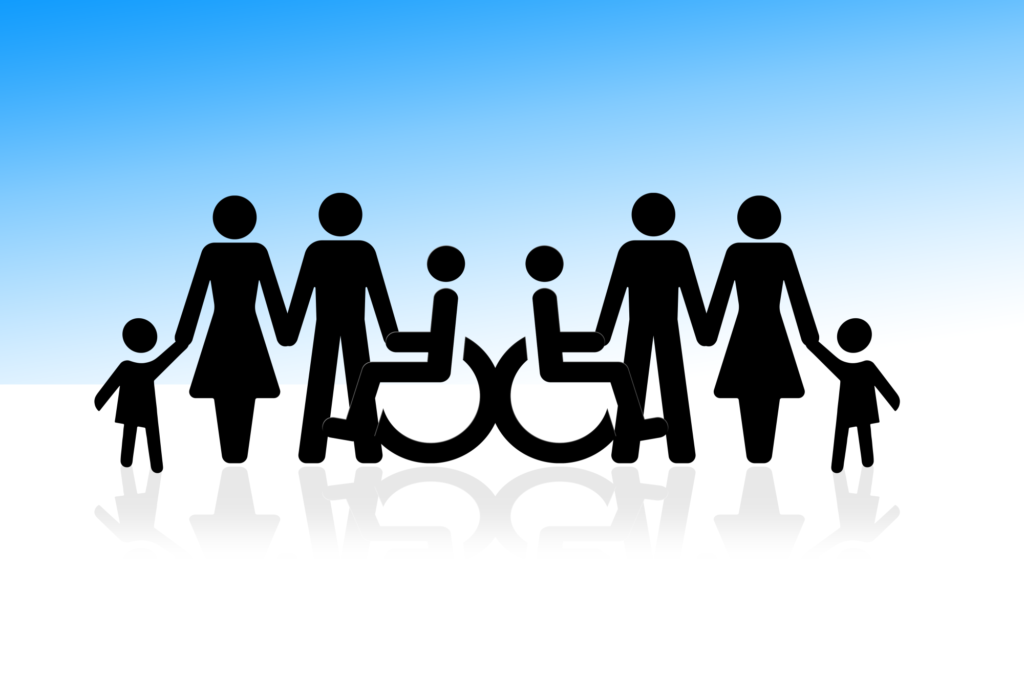Around 61 million people in the United States live with a disability — the keyword being people. Today’s society is quick to label others based on their disabilities, leaving many feeling like they define them.
At the end of the day, every person is just that — a person — and people first language is the best way to emphasize that. Using inclusive terms is imperative for all ages, especially children.
So, how can you teach your kids about people first language? Here’s what you need to know:
What Is People First Language?
How do you define people first language? In short, it is used to describe people for who they are, not what disability they have.
No matter what physical, emotional, or cognitive struggles they face, every person should be recognized as an equal member of society rather than “a disabled person.”
To help clarify, here are some appropriate people first language examples:
- “Person with a disability” instead of “handicapped”
- “Person who is deaf” instead of “the deaf”
- “Person with autism” instead of “autistic”
- “Person with a mental health condition” instead of “the mentally ill”
- “Someone who is unable to speak” instead of “mute”
How to Teach Person First Language
One of the many wonderful things about children is their innate ability to show inclusivity. They don’t see color or disabilities — they see people.
Of course, being the inquisitive little beings they are, there will be times when they have questions, especially as they grow older. As a parent, you’re able to turn these situations into learning opportunities to stress the importance of inclusive language.
Let’s say your child asks about a boy in a wheelchair. Instead of saying something like, “he is handicapped” you can explain that he is simply “a boy who uses a wheelchair.” The key is to focus on the person first, not the disability.
No matter the situation, children should understand that a disability is not “something wrong.” It’s essential to emphasize someone’s abilities, not their limitations.
The Importance of Inclusive Language
To show the importance of inclusive language, you can use your children’s characteristics as examples. How would they feel if everyone identified them by their height? Their hair color? Their freckles?
Since children look to you for guidance above anyone else, you can set a powerful example of how to embrace inclusivity.
If they hear you refer to their classmate as “autistic” or “deaf,” they will begin to do the same. If a grandparent requires home health care, and you refer to them as “disabled,” they might feel like something is wrong instead of realizing Grandma just needs a little extra help.
Embrace Differences
Every person should be identified by who they truly are, not who someone else thinks they are based on irrelevant factors. Differences make people unique (and great!), and children should understand the importance of embracing it.
By teaching your children people first language, you’re ensuring they treat others with kindness and respect. The hurtful, outdated terms being used today cause pain for so many living with disabilities. Imagine if your child could ease some of it just by focusing on who they are as human beings?
Using people first language is a small act with a huge impact — something all children can understand.

